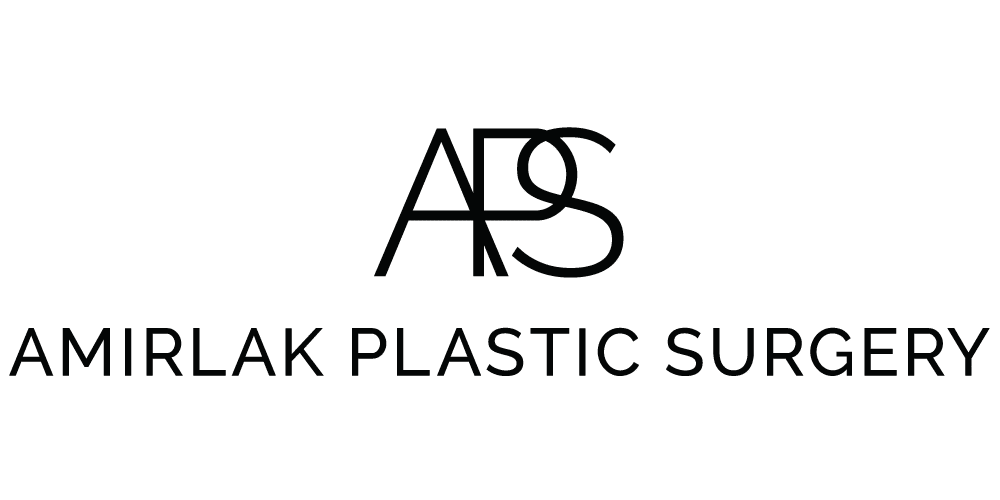Chemical Peels
Introduction
Chemical peels remove damaged outer layers of skin, typically on the face, to make skin smoother, reduce scarring and remove blemishes.
Frequently Asked Questions
Ranging from mild to strong, there are three types of chemical peels: alphahydroxy acid (AHA), trichloroacetic acid (TCA) and phenol.
An AHA peel is the gentlest of the three types of chemical peels. It contains glycolic, lactic and fruit acids that smooth and brighten skin, and is used to treat fine wrinkles, dryness, uneven pigmentation and acne. An AHA peel is typically applied once a week, or may be mixed in a milder concentration with a cream or cleanser to be used daily. Treatment takes less than 10 minutes.
A TCA peel is commonly used for medium-depth peeling, although depth is adjustable. It treats fine surface wrinkles, superficial blemishes and pigment problems and, in addition to the face, can be used on the neck and other areas of the body. It is sometimes used in combination with an AHA peel. A TCA peel is the preferred peel for darker-skinned patients. Results do not last as long as those of phenol peels, and multiple treatments may be required. However, treatments take only 10 to 15 minutes, and recovery time is shorter.
A phenol peel, which is the strongest chemical peel, treats deeper skin problems such as coarse facial wrinkles and precancerous growths, as well as areas of blotchy or damaged skin caused by sun exposure, aging or birth-control pills. Because phenol can lighten skin where it is applied, the patient’s natural pigmentation is a factor in determining a phenol peel’s suitability. Phenol is used only on the face because it may cause scarring elsewhere. Full-facial treatment can last an hour or two, and recovery can take a few months, with possible permanent lightening of the skin and removal of freckles.
Chemical peels are usually performed in a dermatologist’s or plastic surgeon’s office, or an outpatient surgical center.
During a chemical peel, anesthesia is not required because TCA and phenol have anesthetic properties, and AHA produces only a slight stinging. With a TCA or phenol peel, when the solution is first applied, it may cause a brief stinging sensation. Post-procedure, a TCA or phenol peel can result in tingling or throbbing, reddened skin, a crust or scab, and significant swelling that lasts, depending on the strength of the peel used, about a week. After a phenol peel, eyes may be swollen shut at first, and the patient may be put on a liquid diet and advised to keep talking to a minimum. After an AHA peel, there may be temporary stinging, redness and irritation, as well as flaking or crusting.
The skin should be protected from the sun for several months post-peel to reduce the risk of complications and maintain desired results.
All three types of peels carry potential risks that include infection and scarring. In addition to the aftereffects mentioned above, a TCA peel can produce unintended color changes in the skin, and a phenol peel can reduce or eliminate the new skin’s ability to make pigment evenly or at all, causing a lighter or uneven skin tone.
A chemical peel may be covered by insurance if it is performed for medical rather than cosmetic reasons.
Questions?
Call 214-645-5560 or email us today to learn more about Chemical Peels or to schedule a consultation.



